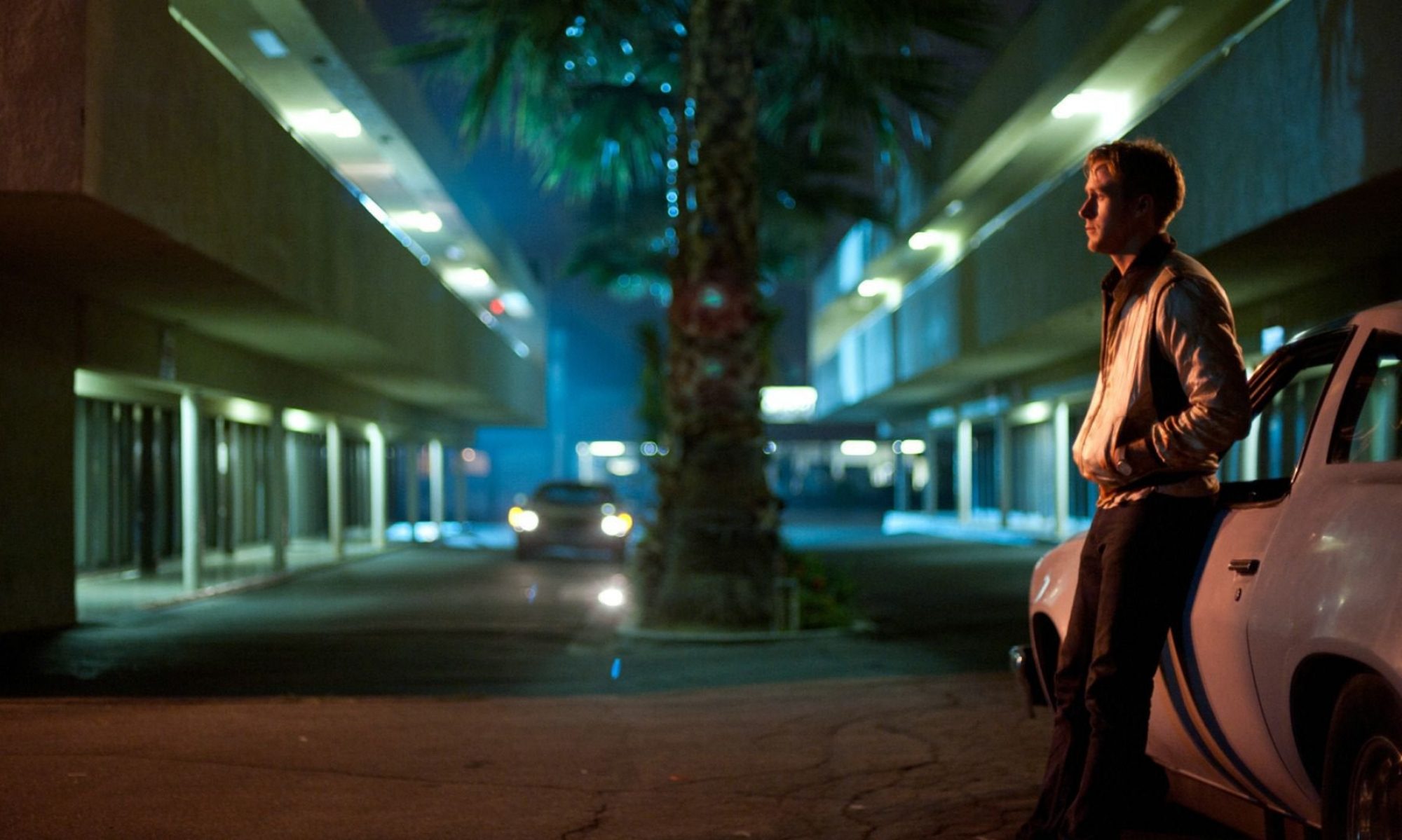With 75 issues to condense, adapting Neil Gaiman’s revered dark fantasy series was never going to be easy. Numerous attempts to bring the author’s lavish dreamscapes to life in film have been aborted, including a Warner Bros project with Joseph Gordon-Levitt attached. As Gaiman (who, thankfully, was directly involved in the show’s development) has noted, the silver screen doesn’t provide viewers with the necessary breadth to stage his material, which follows the trials of the anthropomorphic Dream/Morpheus as he is accidentally captured by occultist Roderick Burgess, played with sardonic brilliance by Charles Dance (it’s pretty difficult to imagine Dance playing a wholesome character after Game of Thrones, and he certainly doesn’t break the mould here). Escaping after 100 years, Dream wreaks revenge on his captors then seeks out the stolen items (a ruby, helm and a pouch of sand) that provide him with his full powers.
While much more high-profile names have been involved in previous adaptation attempts, it’s refreshing to see lesser-known talents get some deserved attention. Tom Sturridge (On the Road, Velvet Buzzsaw) is perfectly cast as the gothic, resentful prisoner who gradually learns to appreciate the good of humanity around him. Gaiman’s previous pitch to DC comics of the being as ‘a man, young, pale and naked….deadly thin, with long hair, and strange hair’ is perfectly illustrated in the figure we witness in the opening episode. Silent, obstinate and mocking of his captors, speaking to the audience only in deep, measured monologues at this point, Sturridge initially captivates through body language (or lack of it) alone. The hair isn’t particularly long at this point, but there is an amusing episode where, travelling through the ages, Dream’s hair changes in parallel with the fashions of the time, and we do finally get to see a long, Byron-style hairdo.
The season is essentially split into two halves, with the first five episodes following Dream’s quest to retrieve his stolen items, and the second concerning the machinations of Dream’s conniving sibling Desire. While Dream remains at the centre of the plot, side characters provide moving and powerful additions to the overall tapestry. David Thewlis provides a pathetic and poignant performance as John Dee, who develops an obsession with Dream’s ruby and uses it to wreak havoc on the world Dream tries to save. The show never retreats from the dark paths of its source material, and certainly isn’t lacking in gore and horror. Yet none of this feels tacked on for shock value; the way in which Dream deals with his adversaries is refreshingly undramatic, and that’s not a criticism. In a cinematic world saturated by superhero films that are chocked full of explosive final acts, it’s nice to see conflicts with far less action, and a lot more blood. The show has already received crititicsm for its slow pacing, but this wasn’t a concern for me. Watching the fight between Dream and Lucifer (Game of Thrones’ androgynous Gwendoline Christie, expertly cast as the ruler of hell in a gender-swapped role from the comics), where words are sparred to create consequences as opposed to huge action sequences, was compelling without the need for witty banter or an overload of cuts.
The Corinthian (Boyd Holbrook), a nightmare who escapes Dream’s realm early in the series, acts as the season’s overarching villain, and certainly brings the same menace to the bad guy persona he began cultivating in Logan, but doesn’t receive as much characterisation and intrigue as the season’s other villains (at the end of the day, how are you going to top Lucifer, the ultimate rebel, after all?). This is a minor blip in an otherwise stellar season, however, and since there’s plenty more material to use, and another season inevitability on its way (even though Netflix hasn’t announced this yet), we can dream a little dream of its swift arrival.
